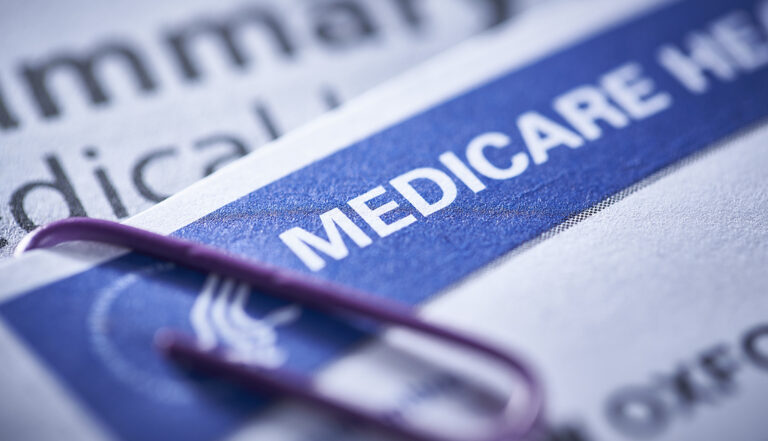 Philip Checchia’s home in Barnegat, New Jersey, escaped undamaged from Hurricane Sandy in October, but the 67-year-old is bracing for a different kind of storm damage – higher property taxes.
Philip Checchia’s home in Barnegat, New Jersey, escaped undamaged from Hurricane Sandy in October, but the 67-year-old is bracing for a different kind of storm damage – higher property taxes.
New Jersey home owners already pay the highest taxes in the country, with the revenues going to fund schools, police, firefighters, roads, and building projects. When the value of taxable property drops in one area, the burden often shifts to others to make up the difference.
At the epicenter of the problem is Ocean County, where Checchia lives, and where miles of long, fragile barrier islands bore the brunt of the storm’s beating. The storm carved $7 billion out of the total value of the county’s taxable property.
“You and I are going to pick up for people that chose to buy houses on the water,” Checchia said, sitting on the couch in the small two-story home he shares with his wife and grandson in a tidy, tightly packed middle-class neighborhood. His annual tax bill is already about $4,700 on a house valued at about $170,000 – roughly half what it was worth before the housing market collapsed, he said.
Ocean County saw its tax base – the combined value of all real estate subject to property taxes – dwindle to about $90 billion from $100 billion in 2012, said John C. Bartlett, a local elected official who heads the county finance department.
About $7 billion of that is due to Sandy damage, with the remaining $3 billion stemming from ongoing reassessments after the housing market declined, Bartlett said.
Expensive waterfront houses, some of them vacation homes for retirees, generated a large amount of the revenue that funds local schools and towns. “Thirty percent of our tax base was along the coast,” Bartlett said.
Five months after the storm, some communities along the Jersey Shore – famous for its boardwalks, beaches and kitsch – are still struggling to rebuild. Workers are trying to repair wrecked boardwalks in time for summer, and a few houses, knocked off their foundations, still lie on their sides.
New Jersey collected $2,819 of state and local property taxes per capita in 2010, the highest rate of any U.S. state, according to the Tax Foundation, a conservative Washington think tank.
Tax bills that take the new home values into account won’t be sent out until August. Many local communities and school districts – which stand to lose significant revenues because of the property damage – haven’t yet set their budgets.
It could be years before the full financial impact plays out. Many towns still aren’t certain how much they could get from federal recovery reimbursements and loans, and homeowners who feel their properties were overvalued after Sandy can appeal.
“The byzantine nature of our property tax system in New Jersey makes it really hard to calculate what the effect is going to be and how soon it will be felt,” said Kenneth Pringle, managing partner of the law firm Pringle Quinn Anzano. Pringle served for 20 years as mayor of the Jersey shore town Belmar, in Monmouth County, until 2010.
New Jersey has struggled to meet revenue expectations and the state unemployment rate is stubbornly high. If the shore isn’t ready for summer tourists, the state could lose billions in sales tax revenue. Higher local taxes might worsen the drag by taking money out of consumers’ pockets.
DOING THE MATH
While much remains uncertain, local officials are starting to run the numbers.
Toms River, the second biggest town in Ocean County, reports a potential $3 billion loss on its $14 billion taxable property that will likely push its tax base down by more than 20 percent, according to Mayor Thomas Kelaher. At least 10,000 homes, about a quarter of the town’s housing stock, were damaged.
That will amount to about a $16 million revenue hit against an annual budget of about $100 million. The town is operating on a temporary emergency budget.
Toms River officials are hoping to get a $5 million federal loan and are still waiting to see how much federal recovery aid they will receive. They also got permission to issue up to $27 million of municipal bonds after the storm just to cover operating expenses, Kelaher said. Toms River is rated Aa2 with a negative outlook by Moody’s Investors Service.
“Believe me, the last thing we want to do is raise property taxes,” said Kelaher, a Republican.
It’s a similar story in other shore towns.
Brick Township is estimating a hit of 5.14 percent to its tax base, or nearly $522 million. That means that the local tax rate would have to increase 2.7 cents to 66.3 cents for every $100 of assessed property just to raise the same $67.5 million in revenue that was raised last year, according to business administrator Scott Pezarras.
Brick, like other municipalities, is applying for a federal community disaster loan to help bridge the revenue gap.
Stafford Township is losing 5.5 percent of its base, said town administrator James Moran. Taxes were slated to rise even before the storm because of increasing costs, including gasoline and healthcare, he said.
With a federal loan, Stafford would be able to absorb the $1.5 million loss in tax revenue from its lowered property values this year, Moran said.
The Jersey shore contains some of the few Republican strongholds in an otherwise largely Democratic state.
But even Republican Governor Chris Christie, who tried last year to cut the state’s income tax rate by 10 percent, has conceded that higher taxes might be inevitable after Sandy.
Christie campaigned on a pledge to limit property taxes, and the state legislature passed a 2 percent cap on annual property tax increases in 2010. In November, Christie warned that, by law, towns could exceed the cap if there is a natural disaster.
For residents like Checchia, the question is: How much?
(Reuters)










